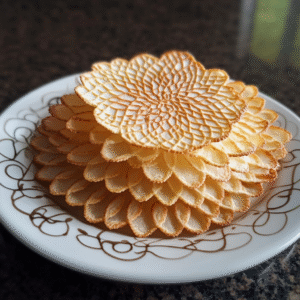Creating a communion wafer recipe is a meaningful process rooted in centuries of Christian tradition. These simple, unleavened wafers are used during the Holy Communion or Eucharist, representing the body of Christ in many Christian denominations. While churches often purchase them in bulk, making them by hand can add a personal and reverent touch to religious ceremonies, especially for small congregations or home-based worship.
The traditional communion wafer recipe is straightforward, using only basic ingredients such as flour and water. The simplicity of the recipe reflects the humility and purity symbolized by the sacrament. In some cases, a bit of oil or salt may be added, depending on denominational preferences. Preparing wafers at home allows individuals to engage more deeply with the sacramental ritual, connecting physically and spiritually to a long-standing sacred practice.
Whether you’re preparing for a church service or a private devotional, understanding and following a proper communion wafer recipe ensures that the elements used in the ceremony uphold both tradition and reverence. It also offers an opportunity for reflection and spiritual preparation. Making communion wafers can become a quiet, contemplative ritual in itself, reinforcing the spiritual significance of the Eucharist.
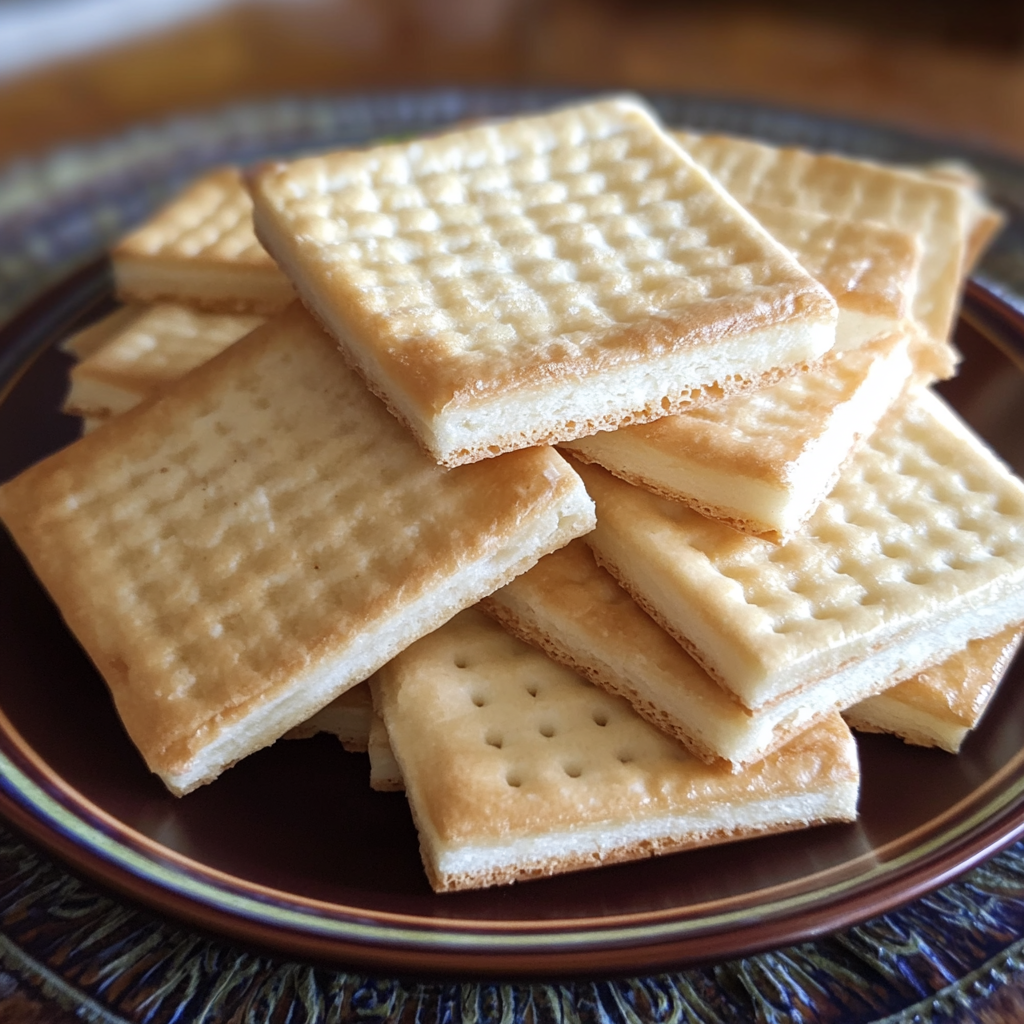
- How to Make a Traditional Communion Wafer Recipe at Home: A Step-by-Step Guide
- The Sacred Tradition Behind Communion Wafers
- Why Make Communion Wafers at Home?
- Understanding the Symbolism in Each Ingredient
- Tools and Preparation: Creating a Sacred Space for Baking
- Before You Begin: Things to Keep in Mind
- Alternative Communion Wafer Variations: Meeting Different Needs
- Tips for Serving and Reverent Use
- A Time of Reflection: More Than Just a Recipe
- Conclusion
- Communion Wafer Recipe From DishBloom!
- FAQs: Communion Wafer Recipe
- Share Your Twist!
How to Make a Traditional Communion Wafer Recipe at Home: A Step-by-Step Guide
Preparing a communion wafer recipe at home offers a profound opportunity to engage with the spiritual essence of Holy Communion. Often seen as a sacred duty within Christian practice, baking the bread that symbolizes the body of Christ can become an act of prayer in itself. Though the wafers appear simple, their significance in Christian worship is immense used in the Eucharist or Lord’s Supper to commemorate Jesus’ Last Supper with His disciples.
The Sacred Tradition Behind Communion Wafers
Communion wafers, sometimes called altar bread, are usually unleavened made without yeast to reflect the Jewish Passover tradition that Jesus followed during His final meal. The simplicity of the communion wafer recipe, often just flour and water, reminds believers of humility and purity. In the Roman Catholic, Anglican, and many Protestant churches, these wafers are central to the Eucharistic celebration. By choosing to prepare them by hand, individuals embrace the physical act of worship and can experience a deeper connection to the divine mystery of Christ’s sacrifice.
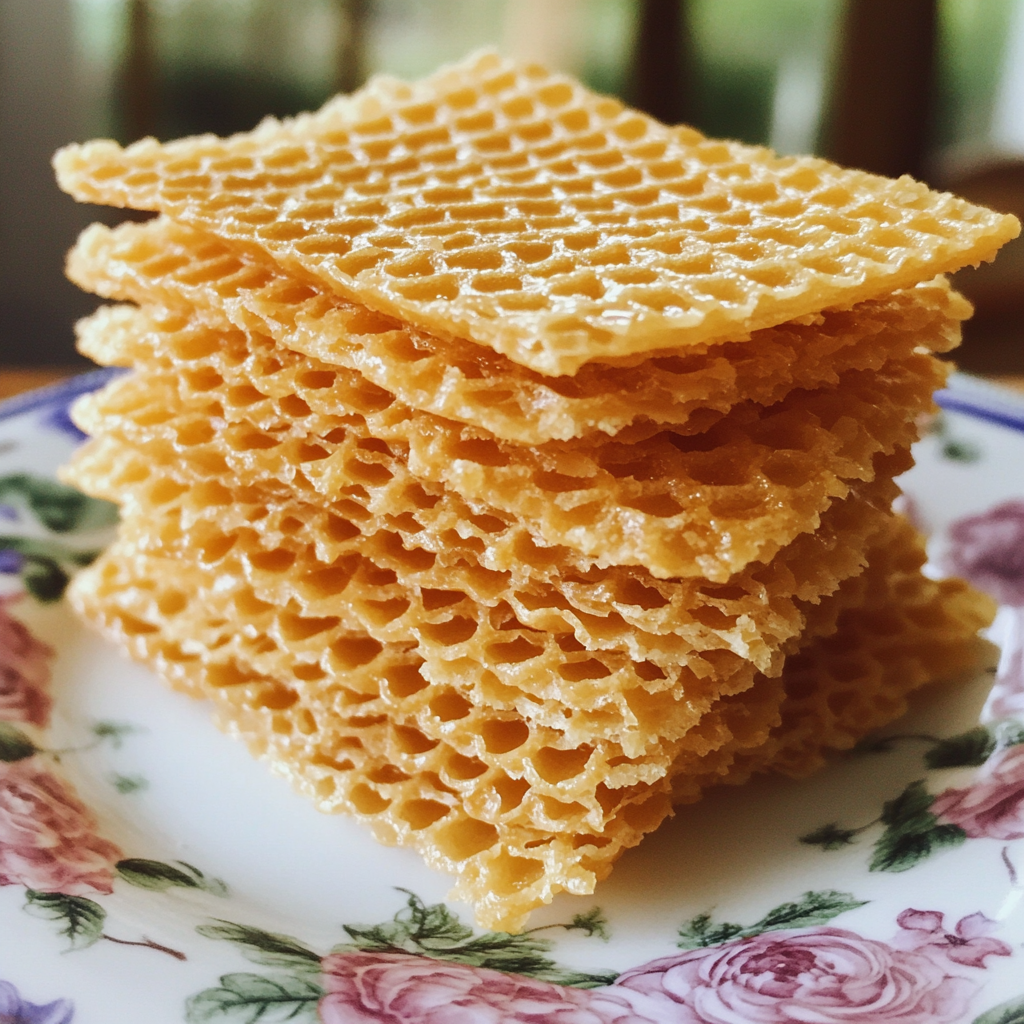
Why Make Communion Wafers at Home?
In recent years, more small churches, home fellowships, and Christian families have embraced making communion wafers themselves. Whether for practical, spiritual, or even health-related reasons (such as gluten-free needs), crafting wafers at home allows worshippers to ensure the elements used in their service are made with intention and reverence. Using a homemade communion wafer recipe not only honors tradition but also turns a simple kitchen task into a meaningful expression of faith. For many, it becomes part of their preparation before taking part in the Lord’s Table reminding them that worship begins even before the first prayer is spoken.
Understanding the Symbolism in Each Ingredient
Each ingredient in a traditional communion wafer recipe carries symbolic weight. The use of plain wheat flour and water reflects the simplicity and purity of Christ’s offering. The absence of yeast (leaven) signifies a life without sin, referencing the Apostle Paul’s teaching that “a little leaven leavens the whole lump” (Galatians 5:9), which early Christians interpreted as a warning against the spread of sin. For this reason, most denominations choose unleavened bread for their communion services, ensuring that the element used to represent Christ remains pure and untainted.
Some homemade recipes may incorporate a tiny amount of oil to prevent the wafers from becoming too dry or brittle, although this addition varies based on tradition. Salt is occasionally used in very small amounts to enhance taste, but many prefer to keep the wafers completely plain, as a gesture of reverence. These decisions can be made prayerfully, reflecting the specific beliefs and liturgical needs of the community.
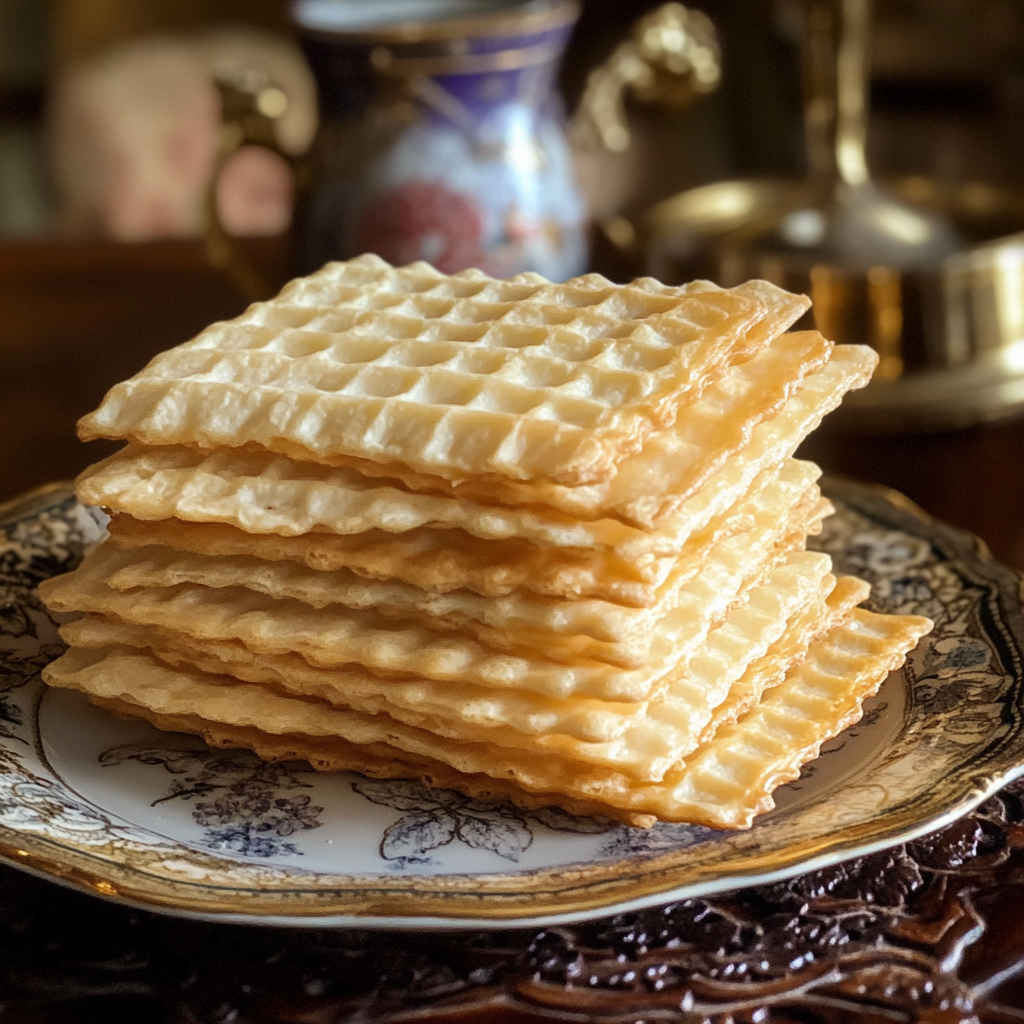
Tools and Preparation: Creating a Sacred Space for Baking
Before diving into the communion wafer recipe, it’s important to set the right tone. Many believers view this process not as ordinary baking, but as a quiet act of devotion. Taking time to pray or read Scripture beforehand can help center your heart. Ensure your kitchen is clean and free from distractions. Some even light a candle or play soft worship music while preparing the wafers to maintain a spiritual atmosphere throughout the process.
From a practical standpoint, you won’t need complicated tools just a rolling pin, a clean surface, a fork or communion wafer cutter, and a baking sheet. If desired, wafers can be embossed with a simple cross or symbol, though this is optional and purely aesthetic. The focus remains on reverence, not appearance.
Before You Begin: Things to Keep in Mind
Keep in mind that the communion wafer recipe is not just about the outcome, but about the process. Unlike everyday bread making, this practice is often done in silence or prayer, offering each step to God. Be intentional about your movements and reflect on the spiritual meaning behind the ingredients, the act of preparation, and the sacred purpose the wafers will serve.
Once baked, wafers should be stored in a clean, airtight container and kept in a cool, dry place until they are used. If you are preparing for a larger congregation, the wafers can be made in advance and even frozen for freshness.
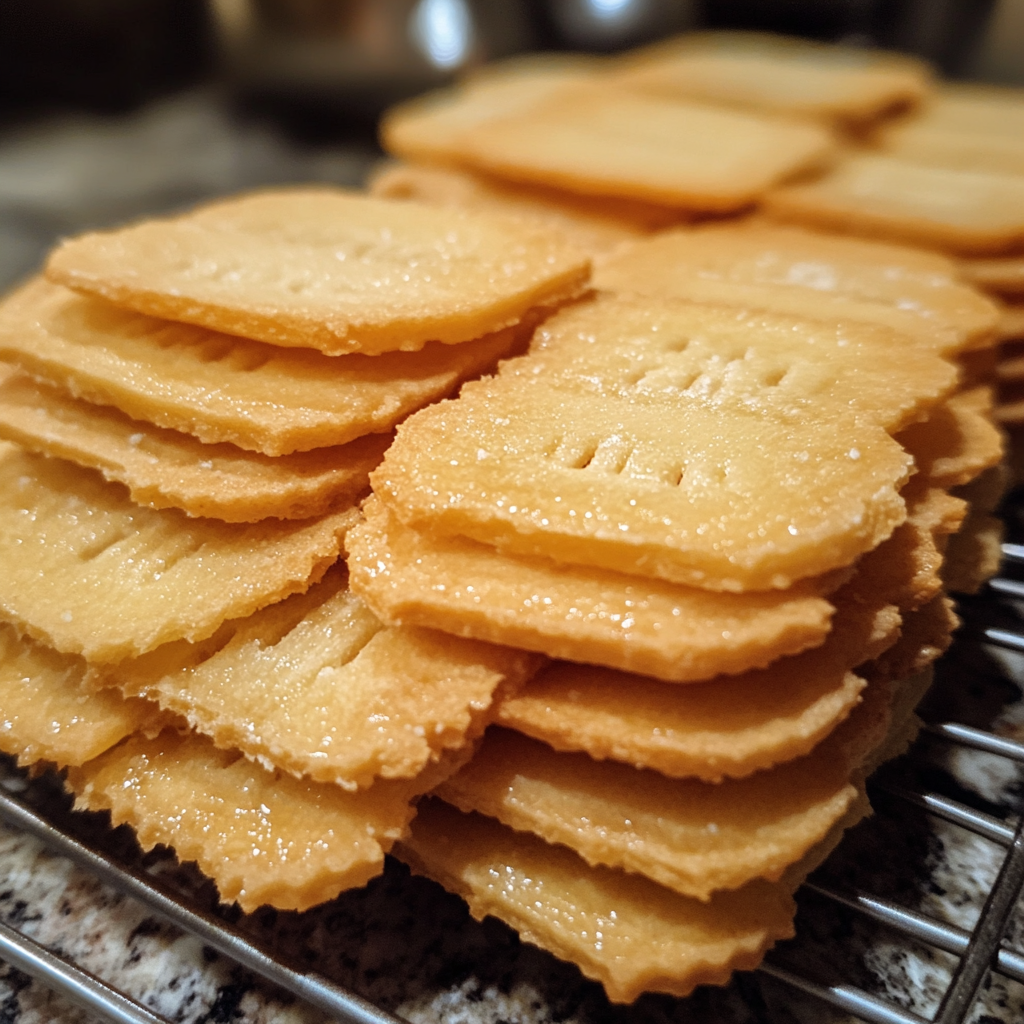
Alternative Communion Wafer Variations: Meeting Different Needs
While the traditional communion wafer recipe is made with wheat flour and water, many congregations today have members with dietary restrictions. Thankfully, variations can be made while still maintaining the reverent purpose of the sacrament.
Gluten-Free Communion Wafers:
For individuals with celiac disease or gluten intolerance, a gluten-free version can be made using rice flour, almond flour, or a certified gluten-free all-purpose blend. The key is to ensure no leavening agents are included, keeping the wafers unleavened in keeping with scriptural tradition.
Ingredients:
- 1 cup gluten-free flour (e.g., brown rice or certified GF all-purpose)
- 1/3 cup water
- Optional: 1 tsp olive oil
Note: Some churches require gluten-free wafers to be made on dedicated equipment to avoid cross-contamination. If this is a concern, consider using separate utensils and surfaces, or consult your clergy for guidance.
Tips for Serving and Reverent Use
Once your wafers are prepared, consider the sacredness of how they are handled. Many churches store communion wafers in a special container (like a pyx or ciborium) covered with a cloth to honor their purpose. If you’re celebrating at home, you can place the wafers on a clean plate, perhaps lined with white cloth or linen.
Tips:
- Use clean hands or tongs when placing wafers on the communion tray or plate.
- Only prepare what you need for the service to avoid waste.
- Leftover consecrated wafers (if your tradition holds them as sacred) should be consumed reverently or returned to the earth respectfully.
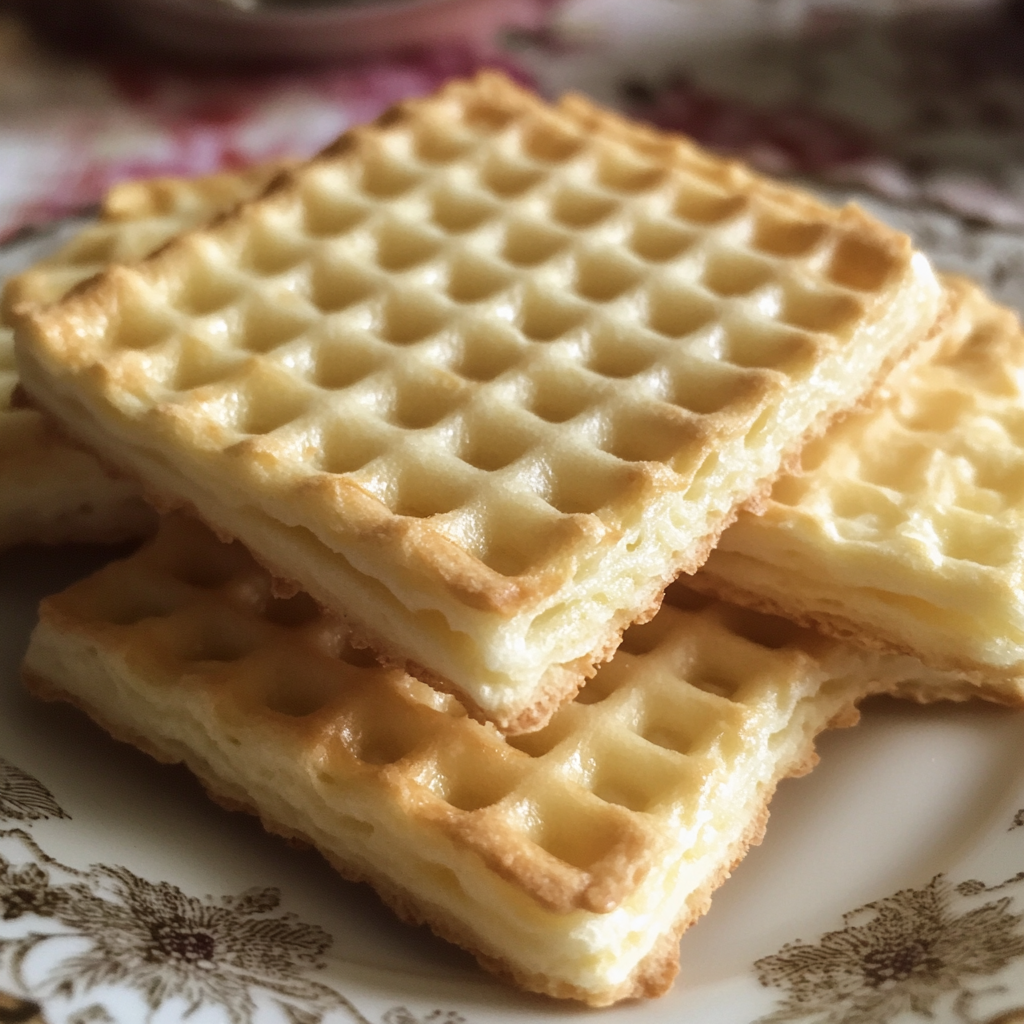
A Time of Reflection: More Than Just a Recipe
As you complete the communion wafer recipe, consider spending a few minutes in quiet reflection. Think of Jesus breaking bread with His disciples, offering His body for the world. Consider how this act of preparation is not just about baking it is worship in motion. Each step taken with reverence transforms a humble task into a spiritual act of devotion.
Many families and home churches choose to pray over the wafers after baking, asking God to bless them for sacred use. This can be a beautiful way to conclude your preparation, bringing the physical and spiritual together in unity.
Conclusion
Making your own communion wafer recipe is far more than a culinary task it’s a sacred act of devotion that brings you closer to the heart of Christian worship. Through simple ingredients and quiet preparation, you participate in a tradition that dates back to the Last Supper, when Jesus broke bread and offered it as His body. In doing so, you’re not just creating wafers; you’re preparing a holy element that represents the foundation of your faith.
The beauty of this practice lies in its simplicity. No elaborate tools or ingredients are needed just flour, water, and a heart set on honoring Christ. Whether you’re baking for a church service, a home gathering, or a personal time of reflection, each step invites mindfulness, prayer, and reverence. Even the smallest batch can carry deep spiritual weight when made with intention and care.
As you continue this sacred tradition, may each wafer serve not only as a symbol but as a reminder: of Christ’s sacrifice, of your own faith journey, and of the unity we share as the body of believers. In making and breaking this bread, we are drawn closer to God and to one another nourished not just physically, but spiritually.
Communion Wafer Recipe From DishBloom!
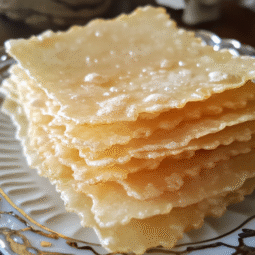
Traditional Communion Wafer Recipe
Equipment
- Mixing bowl
- Rolling Pin
- Clean surface or cutting board
- Fork or small cross stamp (optional)
- Round cutter (1–1.5 inch) or knife
- Baking sheet
- Parchment paper
- Airtight container for storage
Ingredients
- 1 cup all-purpose flour unbleached preferred
- 1/3 cup water filtered or spring water recommended
- Optional: 1 teaspoon olive oil
- Optional: Pinch of salt
Instructions
- Prepare: Preheat oven to 350°F (175°C). Line a baking sheet with parchment paper. Prepare your heart and space with prayer or Scripture.
- Mix Dough: In a bowl, combine flour and water (plus oil and salt if using). Mix until a soft, smooth dough forms.
- Roll Out: Roll dough very thin about 1/16 inch thick or less. Dust surface lightly with flour to prevent sticking.
- Cut Wafers: Use a small round cutter or knife to make circles or squares. Optionally, press a small cross or design into each wafer using a fork or stamp.
- Bake: Place wafers on the baking sheet. Bake for 8–10 minutes, or until just beginning to turn golden at the edges. Do not overbake or brown.
- Cool and Store: Let wafers cool completely. Store in an airtight container in a cool, dry place until use.

Notes
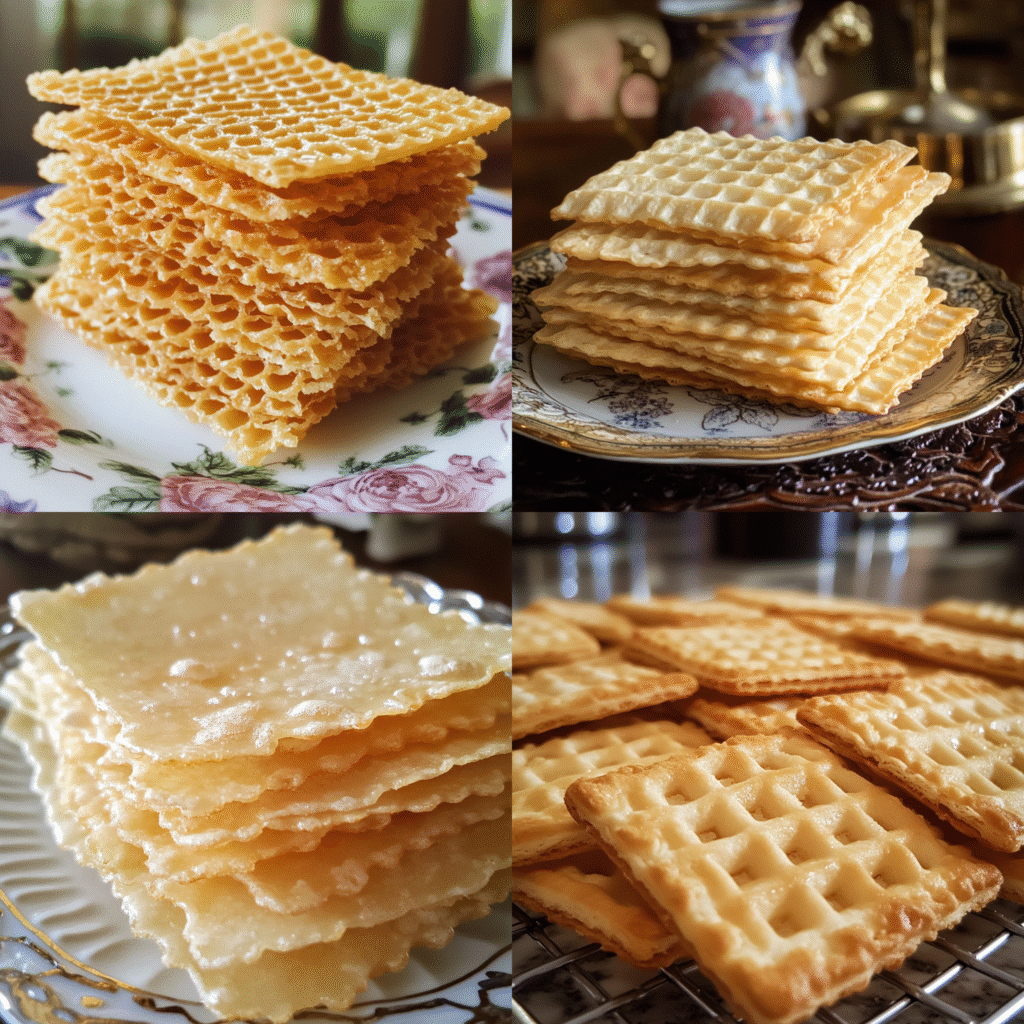
FAQs: Communion Wafer Recipe
Frequently Asked Questions
What are communion wafers made of?
Traditional communion wafers are made with only flour and water, without any yeast or leavening agents.
Can I use whole wheat flour instead of white flour?
Yes, whole wheat flour can be used, but it may result in a darker and slightly denser wafer.
Are communion wafers supposed to be flavored?
No, they are intentionally plain to maintain their symbolic purpose and should not contain sugar, spices, or flavorings.
How thin should I roll the dough?
The dough should be rolled very thin—about 1/16 inch or thinner—to resemble traditional wafers.
How should I store homemade communion wafers?
Store them in an airtight container at room temperature, away from moisture and heat, for up to several weeks.
Can I make gluten-free communion wafers?
Yes, but use certified gluten-free flour and ensure all tools are free from cross-contamination.
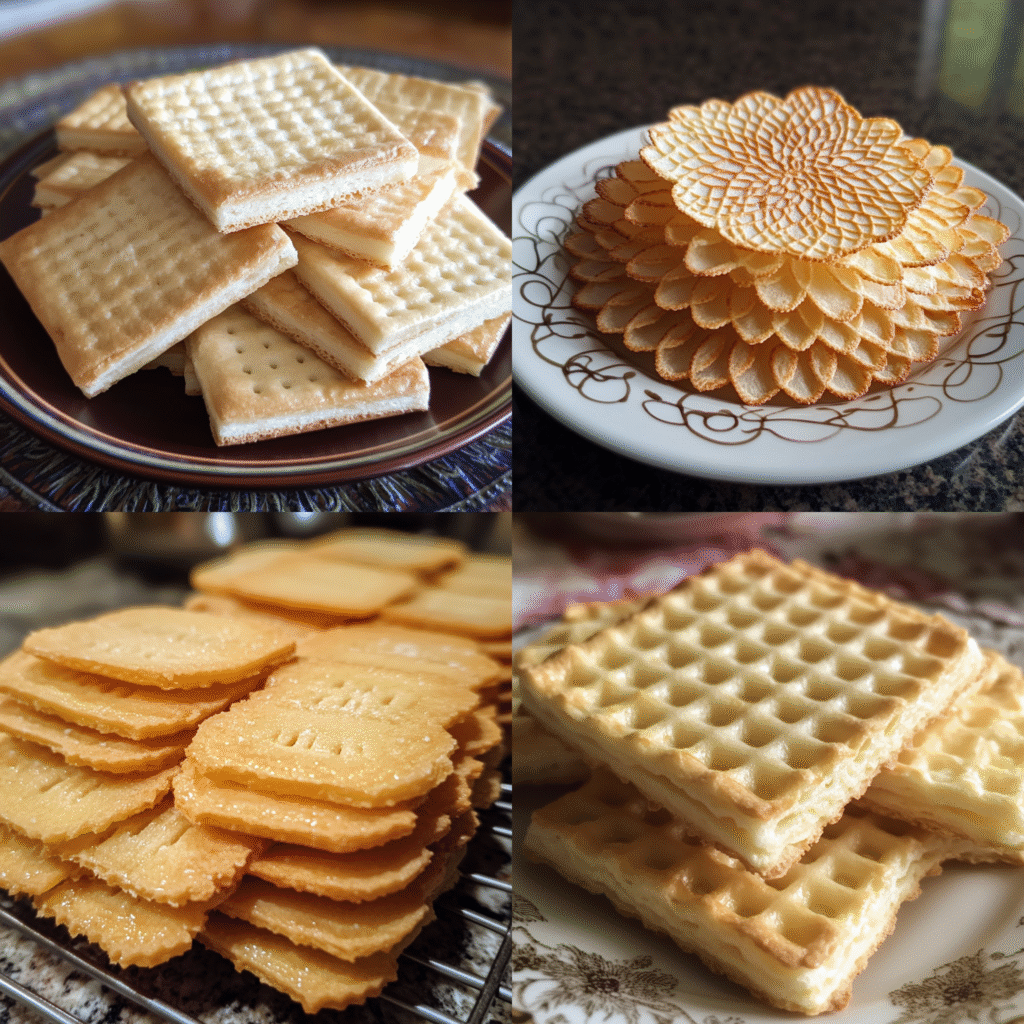
Share Your Twist!
Every faith community and family brings its own special touch to tradition. Have you tried adding a unique ingredient or method to your communion wafer recipe? Maybe you’ve created a gluten-free version, used a special flour blend, or developed a meaningful way to imprint symbols on your wafers. We’d love to hear how you make this sacred practice your own!
Feel free to share your variations, tips, or spiritual reflections. How does making communion wafers impact your worship experience? Your insights can inspire others to deepen their faith through this beautiful tradition.
Drop your story, photos, or ideas in the comments or share with your community. Let’s celebrate the diversity and devotion that makes each communion special!
References :
Unleavened Bread for Communion

